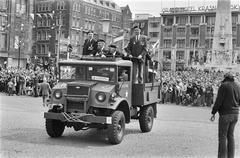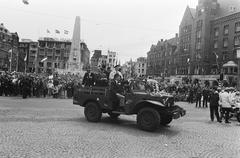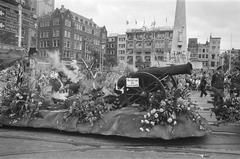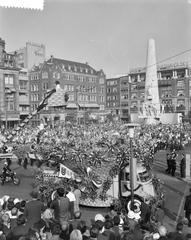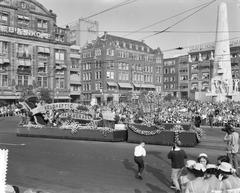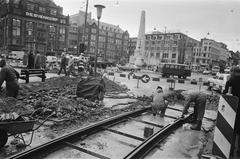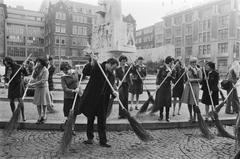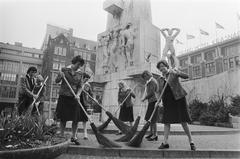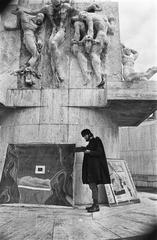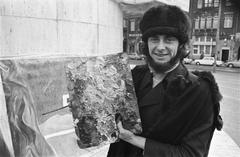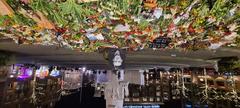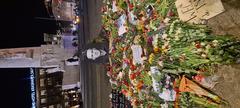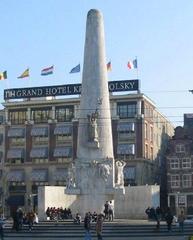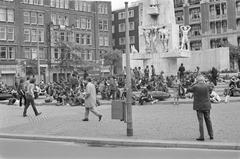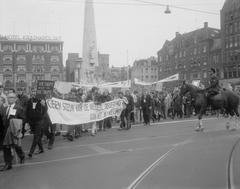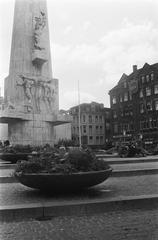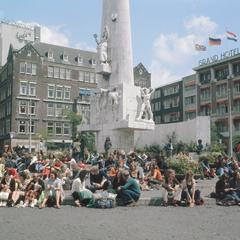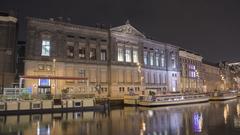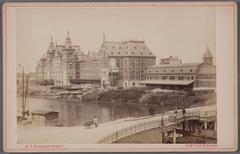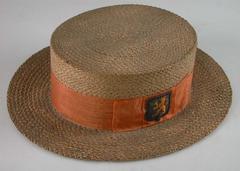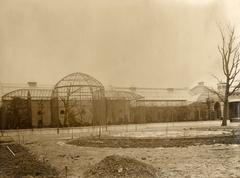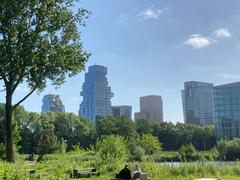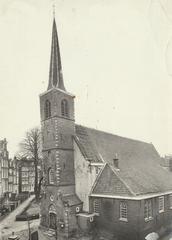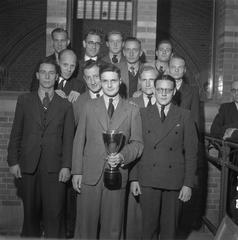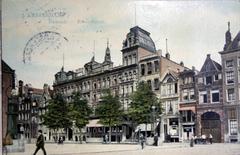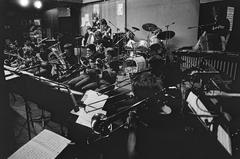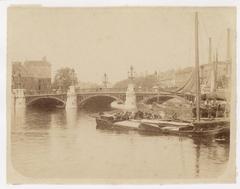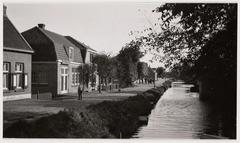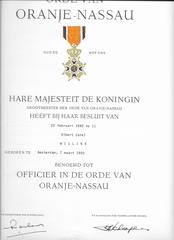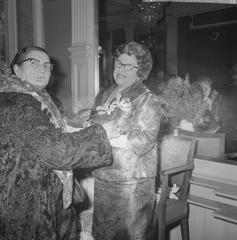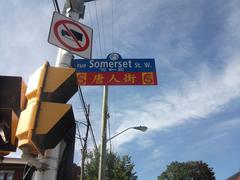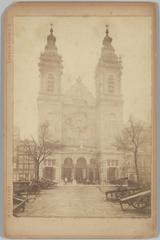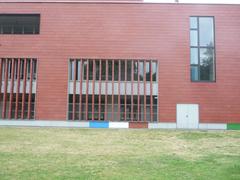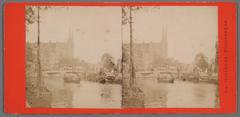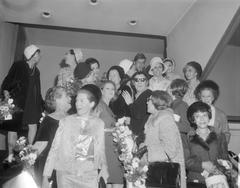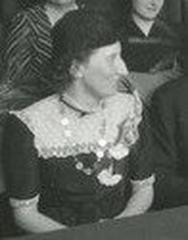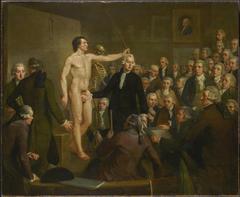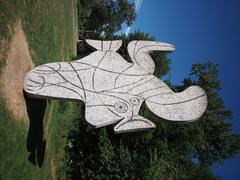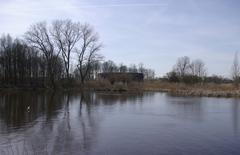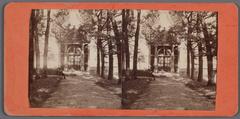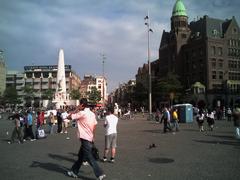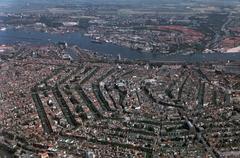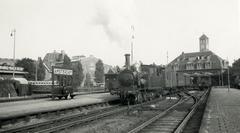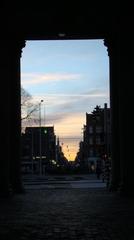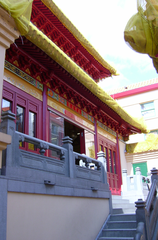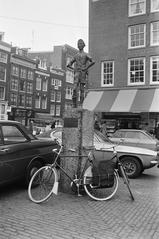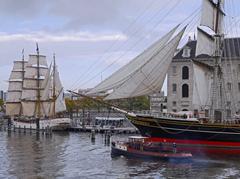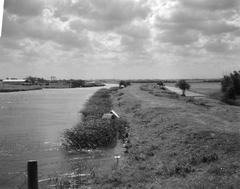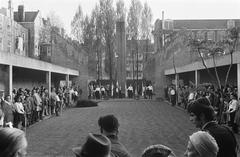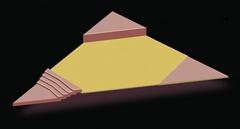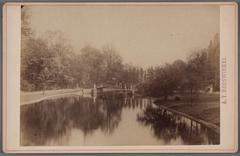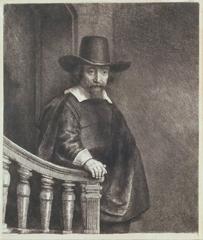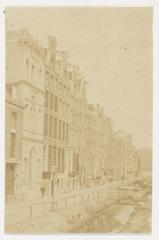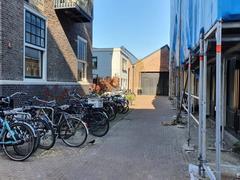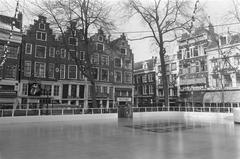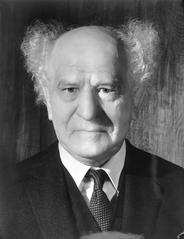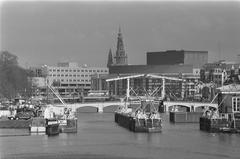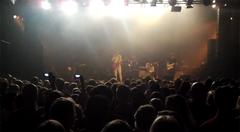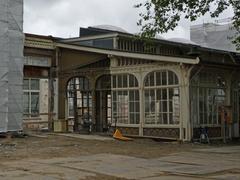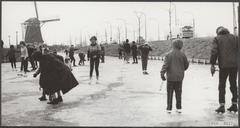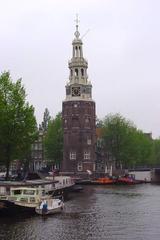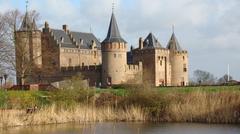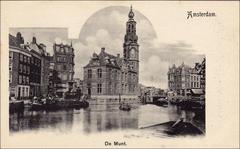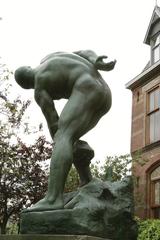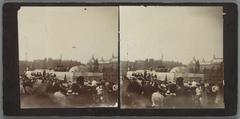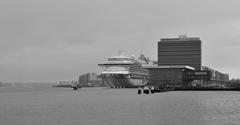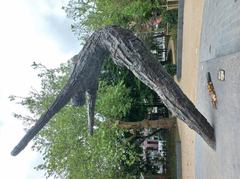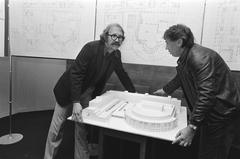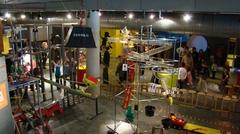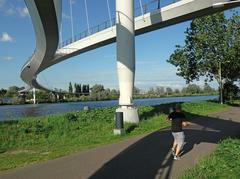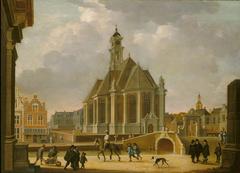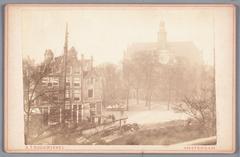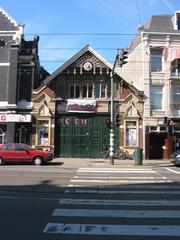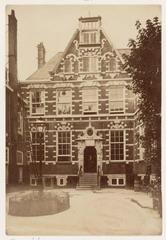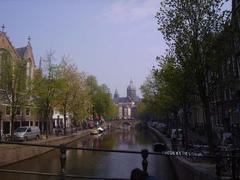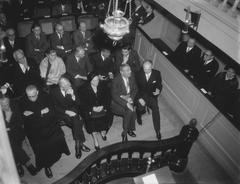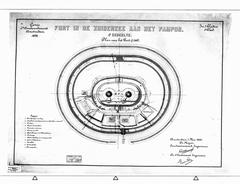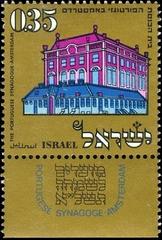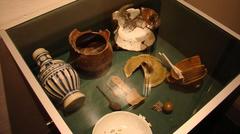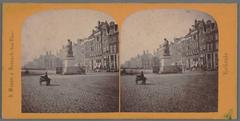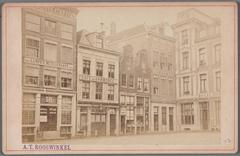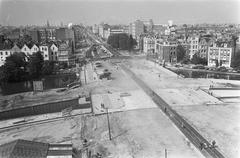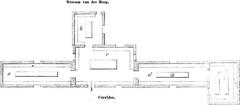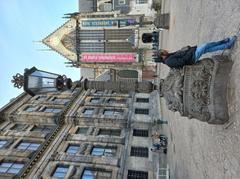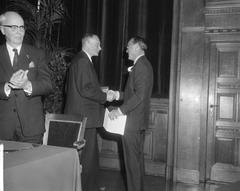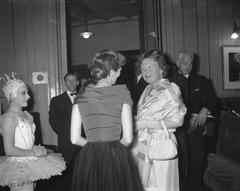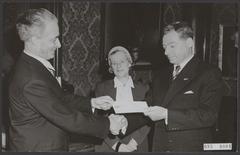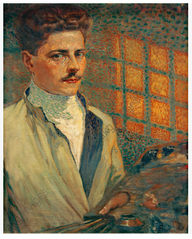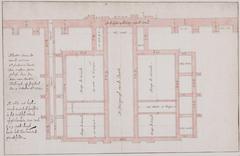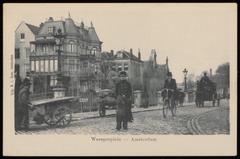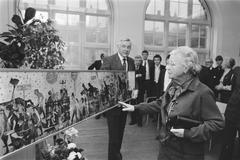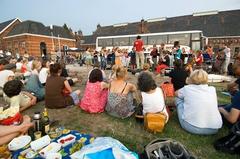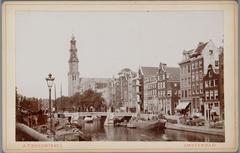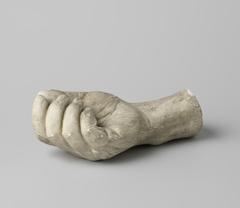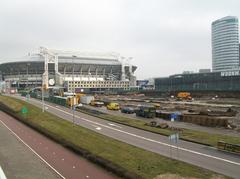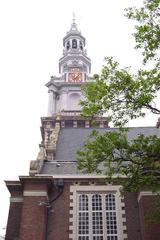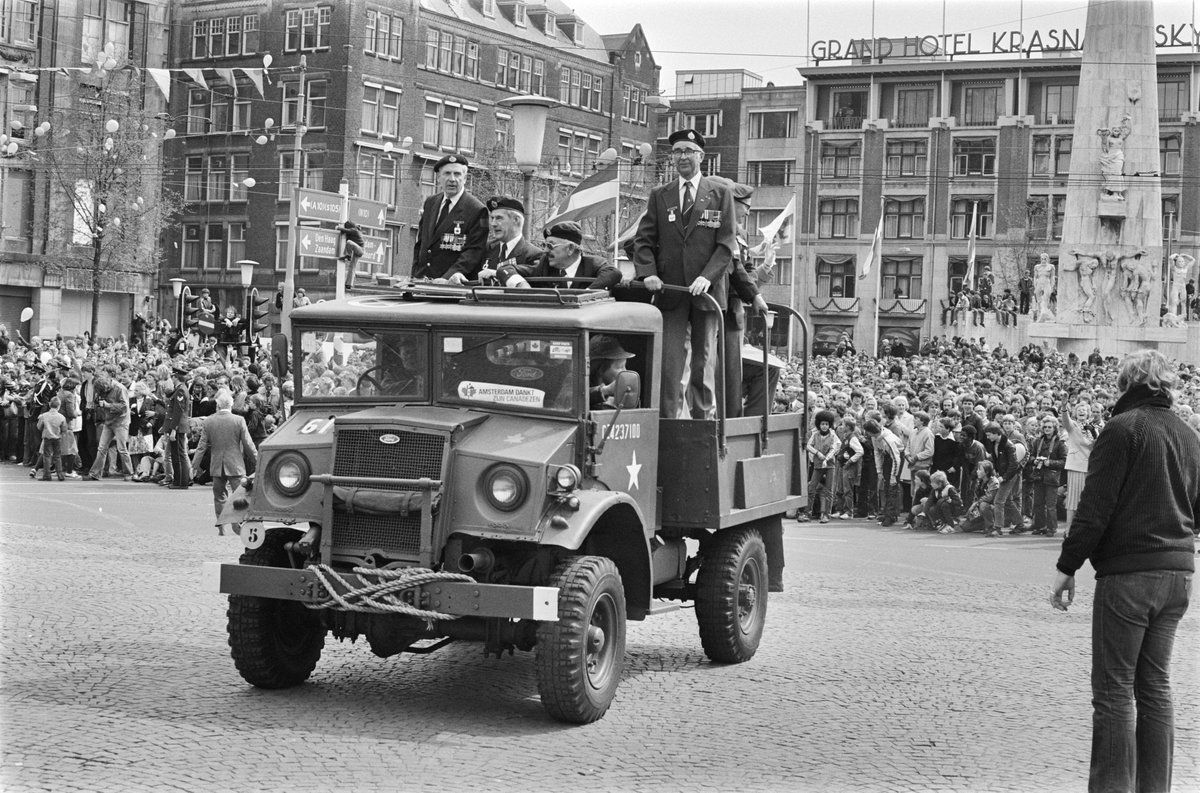
National Monument in Amsterdam: Visiting Hours, Tickets, and Guide
Date: 18/07/2024
Introduction
The National Monument on Dam Square in Amsterdam stands as a powerful symbol of Dutch resilience and a poignant reminder of the atrocities of World War II. Erected in 1956, this landmark was conceived in the immediate aftermath of the war to honor the victims of World War II and those who perished in the Dutch East Indies. Designed by renowned architect Jacobus Johannes Pieter Oud in collaboration with sculptor John Rädecker, the monument encapsulates the spirit of liberation and resilience through its towering obelisk and profound sculptural allegories. This comprehensive guide delves into the monument’s historical significance, architectural features, and practical visitor information, ensuring a well-rounded understanding of this iconic site. Whether you’re a history enthusiast or a casual visitor, the National Monument offers a deeply moving and educational experience. Learn more about the National Monument’s history
Table of Contents
- [Introduction](#introductionintroduction)
- [Historical Background and Significance](#historical-background-and-significancehistorical-background-and-significance)
- [World War II and the Birth of a Nation’s Remembrance](#world-war-ii-and-the-birth-of-a-nations-remembranceworld-war-ii-and-the-birth-of-a-nations-remembrance)
- [A Design Imbued with Meaning](#a-design-imbued-with-meaninga-design-imbued-with-meaning)
- [Elements of Loss and Liberation](#elements-of-loss-and-liberationelements-of-loss-and-liberation)
- [A Nation United in Remembrance](#a-nation-united-in-remembrancea-nation-united-in-remembrance)
- [A Beacon of Hope and a Call for Peace](#a-beacon-of-hope-and-a-call-for-peacea-beacon-of-hope-and-a-call-for-peace)
- [Visitor Information](#visitor-informationvisitor-information)
- [Visiting Hours](#visiting-hoursvisiting-hours)
- [Ticket Prices](#ticket-pricesticket-prices)
- [Photography Tips](#photography-tipsphotography-tips)
- [Travel Tips and Nearby Attractions](#travel-tips-and-nearby-attractionstravel-tips-and-nearby-attractions)
- [Public Transport](#public-transportpublic-transport)
- [Nearby Attractions](#nearby-attractionsnearby-attractions)
- [Accessibility and Special Events](#accessibility-and-special-eventsaccessibility-and-special-events)
- [Accessibility](#accessibilityaccessibility)
- [Special Events](#special-eventsspecial-events)
- [Conclusion](#conclusionconclusion)
- [FAQ](#faqfaq)
Historical Background and Significance
World War II and the Birth of a Nation’s Remembrance
The National Monument on Dam Square stands as a poignant symbol of Dutch resilience and a solemn reminder of the horrors of World War II. Unveiled in 1956, the monument was conceived in the immediate aftermath of the war as a way to commemorate the victims of World War II and those who perished in the Dutch East Indies (now Indonesia) during the same period.
A Design Imbued with Meaning
The monument’s design, a collaborative effort by architect Jacobus Oud and sculptor John Rädecker, is replete with symbolism. The central element, a towering concrete obelisk, represents both the liberation of the Netherlands from Nazi occupation and the enduring spirit of the Dutch people.
Elements of Loss and Liberation
- The Walls of Resistance: Curving walls embrace the obelisk, symbolizing the confinement and oppression endured during the occupation. Inscribed on these walls are words like “resistance” and “courage,” paying tribute to the bravery of those who fought against Nazi tyranny.
- Sculptural Allegories: Rädecker’s powerful sculptures further enhance the monument’s evocative message. Four male figures chained to the base of the obelisk represent the suffering endured by prisoners of war and those forced into labor. Two other figures, a woman with a child and a dying man, symbolize grief, loss, and the countless victims of the war.
- The Dove of Peace: Atop the obelisk, a dove crafted from limestone represents peace and the hope for a brighter future. This dove, a recurring motif in Rädecker’s work, became an enduring symbol of peace in the Netherlands.
A Nation United in Remembrance
The National Monument holds profound significance for the Dutch people. Every year on May 4th, the nation observes Remembrance Day (Dodenherdenking), a solemn occasion dedicated to honoring the victims of World War II. During a poignant ceremony held at the monument, two minutes of silence are observed nationwide at 8:00 PM.
A Beacon of Hope and a Call for Peace
Beyond its historical significance, the National Monument serves as a stark reminder of the human cost of war and the importance of peace. It stands as a beacon of hope, urging future generations to strive for a world free from conflict and oppression.
Visitor Information
Visiting Hours
The monument is accessible to the public 24/7, although guided tours and special events may have specific timings.
Ticket Prices
There is no admission fee to visit the monument. However, guided tours may have associated costs.
Photography Tips
The best time for photography is during early morning or late evening when the lighting enhances the monument’s features.
Travel Tips and Nearby Attractions
Public Transport
The monument is easily accessible via Amsterdam’s public transport system. The nearest tram stop is Dam Square.
Nearby Attractions
While visiting the National Monument, explore other historical sites like the Royal Palace, Nieuwe Kerk, and the Anne Frank House. The bustling Dam Square also offers numerous cafes and shops.
Accessibility and Special Events
Accessibility
The monument is accessible to individuals with disabilities. There are designated pathways and ramps for easy access.
Special Events
The monument hosts various events throughout the year, including Remembrance Day ceremonies and educational tours. Check the official website for the latest schedule.
Conclusion
The National Monument on Dam Square is more than just a historical site; it is a testament to the Dutch spirit and a reminder of the importance of peace. Whether you are a history enthusiast or a casual visitor, the monument offers a profound experience. Plan your visit to this iconic landmark and immerse yourself in its rich history and significance.
FAQ
- What are the visiting hours for the National Monument on Dam Square? The monument is accessible 24/7.
- How much do tickets cost for the National Monument? There is no admission fee, although guided tours may have associated costs.
- What are some nearby attractions? Nearby attractions include the Royal Palace, Nieuwe Kerk, and the Anne Frank House.
- Is the National Monument wheelchair accessible? Yes, the monument and the surrounding Dam Square are accessible to visitors with mobility issues.
For more information and updates, download the Audiala mobile app, check out related posts on our website, and follow us on social media. Discover the rich history and cultural significance of the National Monument in Amsterdam. Learn more about the National Monument.
